
Best Earth Images of the Week - July 6, 2012
Burned-out scar
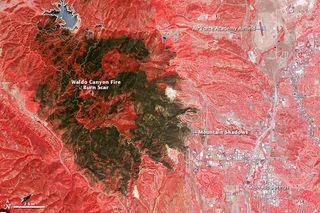
Colorado's devastating Waldo Canyon Fire has left a massive scar on the Earth that is visible from space.
A false-color image snapped by a satellite yesterday (July 4) shows the blackened scar covering the mountainous terrain west of Colorado Springs, where the fire continues to burn.
The Waldo Canyon fire was first reported on June 23. So far, it has burned 18,247 acres and destroyed 346 homes, making it the most destructive fire in Colorado's history.
[Full Story: Colorado Wildfire Scar Spotted from Space]
Wild Winds
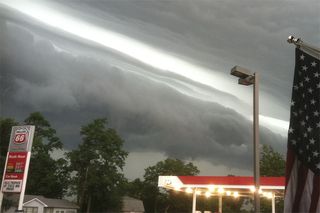
A destructive derecho a rare, powerful, and long-reaching windstorm that accompanies lines of thunderstorms swept from the Midwest to the East Coast on Friday, June 29, and a new video stitched together from satellite images shows the storm's furious progress.
To qualify as a derecho the Spanish word for "straight," and pronounced deh-REY-cho a storm must pack wind gusts of at least 58 mph (93 kph) throughout, and must cause wind damage across an area at least 240 miles (400 kilometers) wide.
[Full Story: Video: Destructive Derecho Windstorm Sweeps Across US]
Ocean's zombies
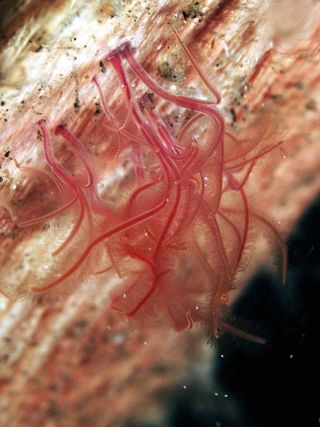
Deep in oceans around the world lurks a type of worm without a mouth, anus or gut that makes its living by eating the bones of whales and other deceased sea creatures. But how does an animal without a mouth penetrate bone? That's just what a group of researchers aimed to find out.
The so-called zombie worms break down bone by excreting acid, according to research just presented at the Society for Experimental Biology's meeting in Salzburg, Austria.
[Full Story: Bizarre 'Zombie' Worms Use Acid to Eat Whale Bones]
Spreading smoke

Dozens of wildfires are raging around the western United States, and the large-scale burns are sending smoke as far east as Greenland, according to some atmospheric models.
In all, about 60 wildfires are burning around the nation, from Alaska to Utah to Florida, and satellite images show hazy curtains of smoke hanging over huge portions of the eastern two-thirds of the country.
[Full Story: Smoke from Western Wildfires Reaches Atlantic Ocean]
Bundles of fun
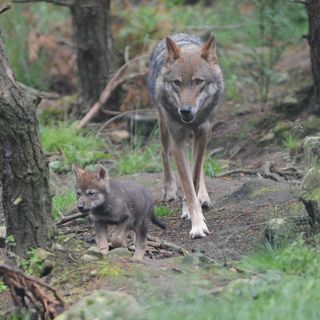
A large litter of European grey wolves were recently born at the Highland Wildlife Park in Kingussie, Inverness-shire, Scotland.
Mother Elara and dad Puika, the resident European grey wolves, are the proud new parent to the five pups, who were born on May 25. Now six weeks old, the playful bundles of fur are still shy, but are starting to venture out into their large enclosure, called Wolf Wood.
[Full Story: Grey Wolf Pups Born at Scotland Zoo]
Billows across the northeast
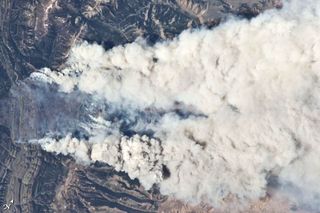
Astronauts and satellites alike have captured ominous images from space of a fast-growing wildfire that is blazing across Wyoming.
The Fontenelle Fire, burning in the Bridger-Teton National Forest near the state's western border with Idaho, was first reported on the afternoon of June 24. More than 850 people are battling the blaze, and it is only 25 percent contained.
[Full Story: Astronaut's Photo Captures Blazing Wyoming Wildfire]
Sign up for the Live Science daily newsletter now
Get the world’s most fascinating discoveries delivered straight to your inbox.
Most Popular


